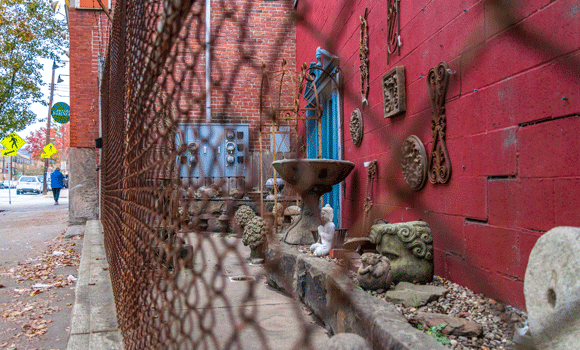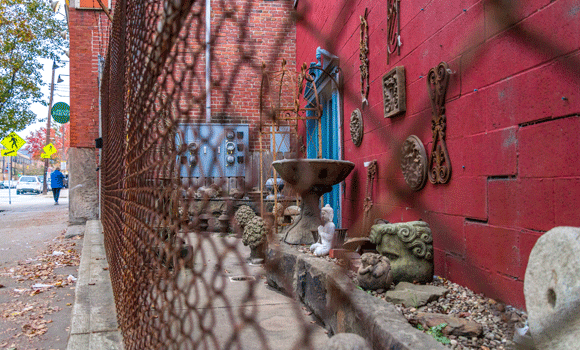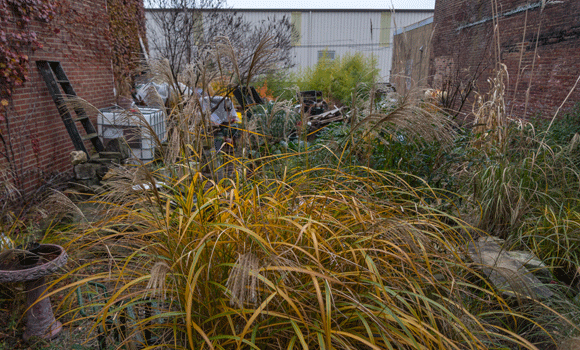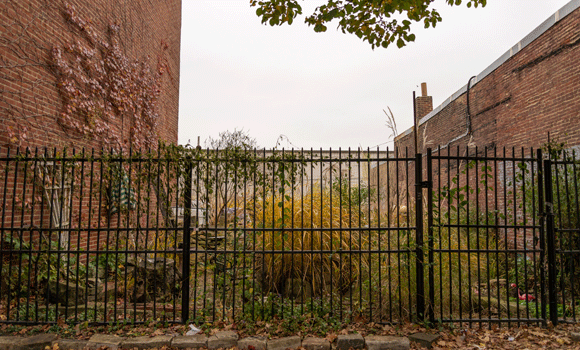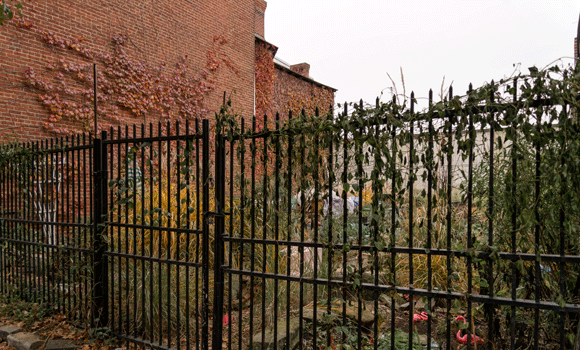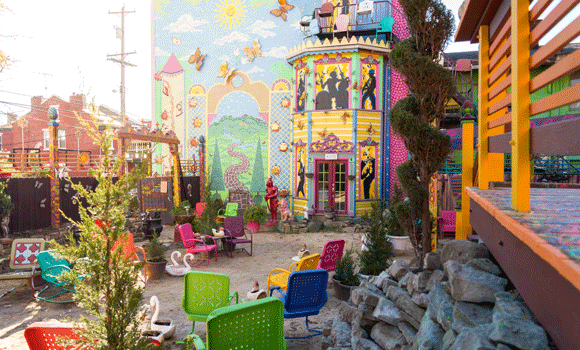It doesn’t take a real estate expert to see the changes Pennsylvania has gone through over the past decade. Development is booming in once-plagued neighborhoods – condos, new shops, trendy bars and green space are replacing abandoned buildings and overgrown lots.
The examples that pop into the minds of most Pennsylvanians are East Liberty and Lawrenceville. Penn Circle, once viewed as failed experiment that put stores out of business, sees crowds every night of the week, frequenting the restaurant-lined streets. Flipped houses are selling like hotcakes in Lower Lawrenceville, not to mention the influx of luxury lofts. On top of that, homeowners are more incentivized to make improvements to their own property in order to boost curb appeal. For example, if their garage has seen better days then they will get garage door repair in West Chester PA and repaint the exterior. People are taking more pride in their properties now.
For the rest of us, it may seem like a daunting task to fix up your house, let alone your block. The entire country is still trying to get back on its feet from the housing bubble bursting, which doesn’t leave a lot of extra cash for full-scale renovations. There are, of course, some key jobs that are necessary for people to hire professionals for, whether you’re near Austin and need electrical work done, or here in our city and have structural issues with your home. For the other things, however, there are many do-it-yourself fixes you can make to improve your property values and clean up your street on a shoestring budget.
Keystone Edge reached out to neighborhood organizations across Pittsburgh for these great tips.
Get rid of litter
A simple, easy, and free fix. Tim Dolan at the Hilltop Alliance puts this first on his list.
“It sends a message that someone is invested in the area,” he explains, “and this results in a butterfly effect throughout a neighborhood.”
If you want to go beyond your front yard, groups like the Clean Pittsburgh Commission and the Beautify Our ‘Burgh program (run by servePGH) organize large clean-up projects throughout the city.
Scrub away graffiti
Murals are one thing, but random graffiti on houses or other buildings doesn’t exactly add an artistic vibe to a community. Cleaning up graffiti is just like picking up litter – the nicer the street looks, the less likely people are to make it dirty.
Paint. Paint. Paint.
You don’t have to paint your whole house. According to Dolan, even something as simple as repainting door frames or trim can make a big impact. James Eash at the Mount Washington Community Development Corporation (MWCDC) says that painting is an easy volunteer project and can be accomplished by anyone – no experience necessary.
“Scraping and repainting a fence, hand-railings, or property can provide an incredible transformation with minimal cost for materials,” he adds.
Weed out the weeds
All you need is a pair of gloves — and maybe strong knees! Judith Koch, also from MWCDC, insists that weeding makes a property look neater. Overgrowth control all around the neighborhood is a low-cost measure to show community investment in an area.
Plant some foliage
Gardening isn’t for everyone, and it doesn’t have to be a full-time effort. Koch suggests planting native perennial flowers such as purple coneflower or black-eyed Susans. They are hardy, don’t need to be fertilized and even re-sow themselves. Potted plants or maintained window boxes can also make a property look livelier.
If flowers don’t strike your fancy, try planting a tree. Pittsburgh could always use a little more clean air! According to Koch, a tree can lower air-conditioning costs in summer with the shade they provide, and lower heating costs in the winter by protecting a home from the cold. You can even apply as a community group to get trees planted through the Western Pennsylvania Conservancy’s TreeVitalize program.
Spruce up vacant lots
Abandoned properties are always a problem.
“Simple maintenance of vacant lots — including mowing, trimming, weed pulling or tree pruning — are inexpensive interventions that create a perception of care for the neighborhood,” explains Eash.
By keeping a lot looking clean, it transforms from a scary eyesore to a blank canvas waiting for investment. If there are any abandoned vehicles on the property, Dolan suggests calling the City 311 system to report them, as they are a public safety hazard. (Be sure to check if the tags are expired first.) Your neighbors will undoubtedly thank you for your efforts, but make sure you’re not trespassing — the response from owners might be different if you’re dealing with a neglected property rather than an abandoned one.
Upkeep!
Remember, if you do all the things listed above but never do any maintenance, all your effort will be for naught. A few minutes of care every so often can prevent headaches down the road. Water your flowers, touch up your paint jobs and trim those hedges. If you have any small DIY projects that you can do, be sure to get them done. You don’t need to break the bank for them either. For example, Raise has loads of Lowe’s coupons available on Raise that can reduce the amount you spend on your next project – visit their website here.
Find out what your community can do for you…
Community organizations work with the city to provide resources for Pittsburgh residents. There are many programs available that homeowners can utilize to help with their renovations. Through the Hilltop Alliance’s Property Stabilization Program, residents can report problematic properties and the Hilltop Alliance will work together with the homeowner to find resources and resolve the issues before they get turned in to the city. The Hilltop Alliance has also received funding for a residential façade grant program — Hilltop residents can receive up to $5,000 towards renovation costs. A little research about local resources can go a long way.
…And what you can do for your community
Randy Gilson, a longtime North Side resident, community crusader and owner of a vibrant property on the Mexican War Streets he deemed “Randyland,” is a shining example of how much difference one person can make. Gilson spearheaded the Old Allegheny Garden Society, which built 30 blocks of gardens between 1982 and 1995. Community gardens in the North Side continue to thrive. Anyone who has walked by Randyland knows Gilson isn’t afraid of bright colors, which he believes are warm and welcoming. He’s not wrong, as the lots around his home that he turned into a free open-air art museum attract a fair share of foot traffic and function as a safe place to enjoy a sit-down with friends and neighbors. It’s come a long way from the street he moved to in 1982.
Gilson believes the most important investment one can make to create a safe, happy neighborhood is walking down the street with a smile on your face and extending a handshake to your neighbor.
“It only takes baby steps to walk a mile,” he insists.
What are your tips for cheap DIY fixes? Share your ideas with us on Twitter @keystoneedge!
